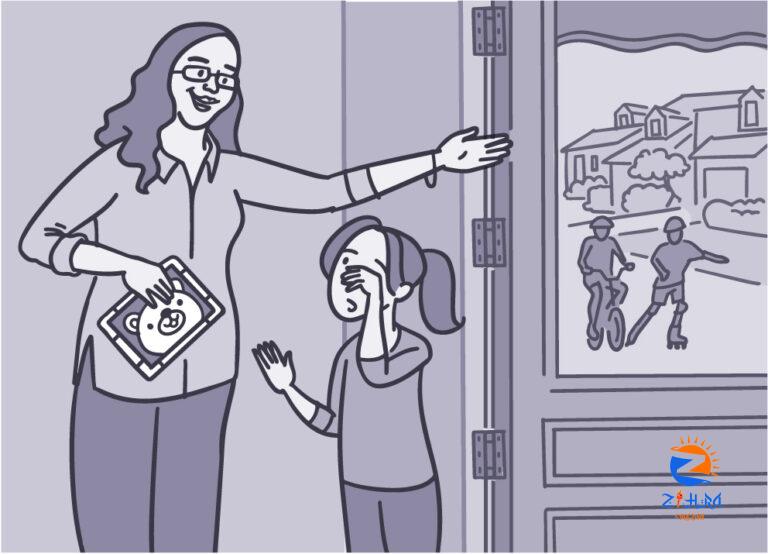
[ad_1]
Finding Relief for Eye Discomfort
Are your eyes tired, dry, or achy? Many factors can contribute to these types of symptoms. But a big culprit can be intense use of your eyes. Spending too much time looking at screens and held devices, like smartphones, can strain your eyes. So can normal aging. What can you do to find relief?
One major cause of eye discomfort is not blinking enough. “When we focus on tasks like reading or computer work, our blink rate just plummets,” says Dr. Chantal Cousineau-Krieger, an NIH ophthalmologist.
Not blinking enough can cause your eyes to become dry and uncomfortable. Certain people are more prone to eye dryness, too. This includes those over age 50, women, and people who wear contact lenses. Certain medications, like antihistamines, and health conditions can also add to eye dryness.
Avoiding other factors that increase eye dryness may help your eyes feel better, too. Air blowing directly in your face from a fan or from air vents in the car can contribute to eye dryness, says Cousineau-Krieger. So can smoke or windy conditions.
Normal aging can also lead to eye strain. With age, we start to lose our ability to focus on close objects. This is called presbyopia. Our eyes need to work harder to focus.
“When we look at something up close, we flex the muscle inside of our eye,” Cousineau-Krieger explains. “And just like any other muscle, if you hold the contraction for a long time, the muscle can become fatigued. Eventually, in your 40s, you end up not being able to see things up close as well. It’s a natural part of aging that goes along with gray hairs and wrinkles. And then we typically need reading glasses to be able to see things up close.”
But eye strain doesn’t only happen to adults. Children can also develop symptoms from intensely using their eyes. They may not tell you that their eyes hurt. Instead, they may start blinking forcefully or rubbing their eyes.
Spending too much time on screens is also now believed to be contributing to children developing nearsightedness. Studies have shown growing rates of nearsightedness in children over the past few decades.
To relieve eye discomfort, you can try some simple steps. Experts recommend the 20-20-20 rule. Take eye breaks every 20 minutes and look far in the distance, about 20 feet away, for about 20 seconds.
“Experts are recommending that children spend time outdoors playing to help them focus on things further at a distance,” says Cousineau-Krieger. “Hopefully, this will also help decrease the amount of nearsightedness. The amount of nearsightedness is going up around the world.”
Taking screen breaks and focusing on more distant objects can be helpful for everyone’s eye health. See the Wise Choices box for more eye health tips. If simple lifestyle changes don’t bring you relief from eye discomfort, it may be time to see a doctor for an eye exam.
[ad_2]